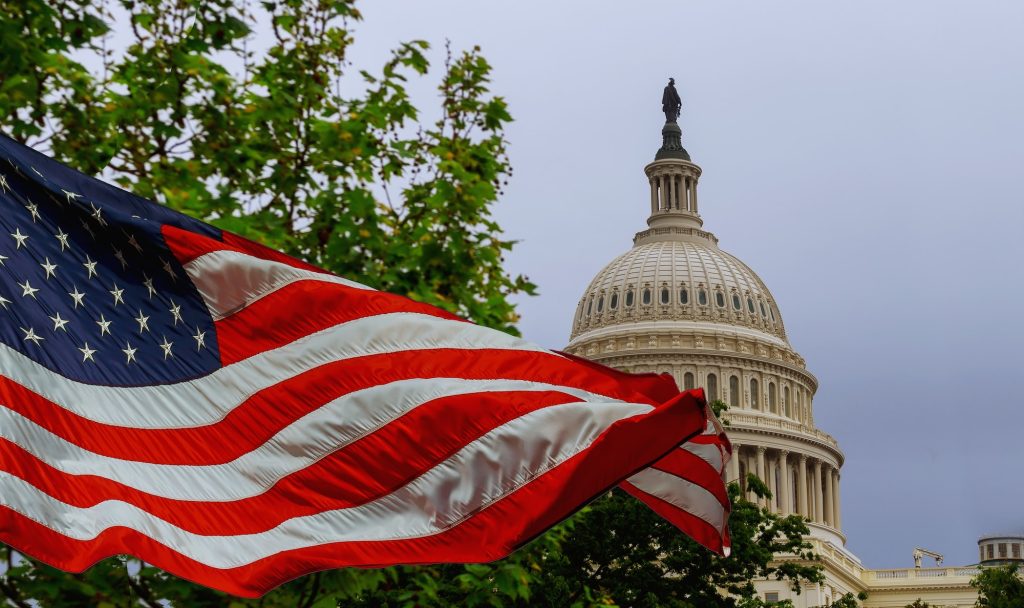
































US representatives informed of plans to reinstate the bipartisan e-Learning Caucus as a way to leverage the opportunities that emerged during the pandemic. The e-Learning caucus was first launched in 2011 when the results from a survey revealed that many on Capitol Hill were unfamiliar with up-to-date web-based learning.
Members of Congress will ascertain the best practices for this mode of learning and discuss ways in which it can be used to render education institutions resilient, thus minimising learning loss in times of crises. It will also evaluate the use of emerging technologies such as generative AI and other large language models for enabling collaborations within education, particularly in historically black colleges and universities (HBCUs) and career and technical schools. The platform ensures proper management and accountability in meeting the training needs of the country's labour force, now and in the future.
Congressional caucuses are installed to provide a public forum on policy issues and allow legislators to research pertinent information before tabling the issue in Congress. Statistics show that by the end of 2022, 75% of undergraduates in the US had taken at least one course online, almost tripling the rate at the first launch of the bipartisan e-Learning Caucus.
 Etiquetas calientes:
clases en línea
Etiquetas calientes:
clases en línea